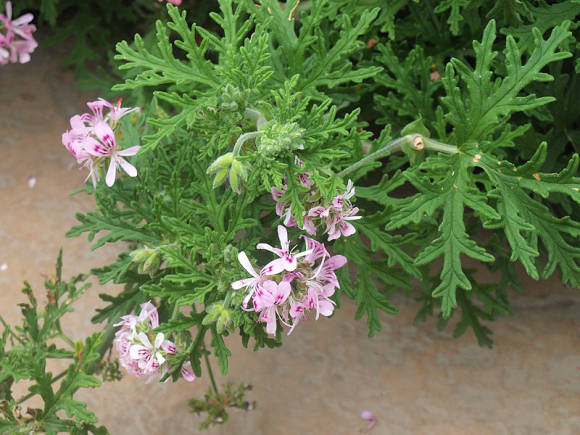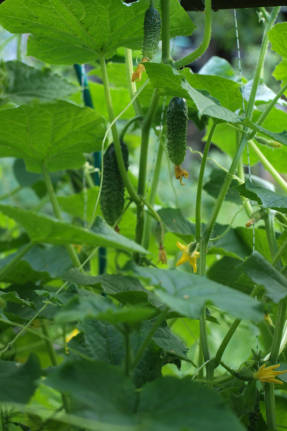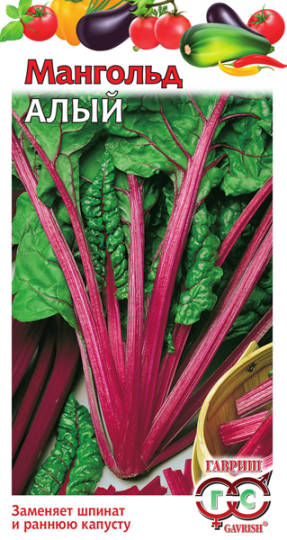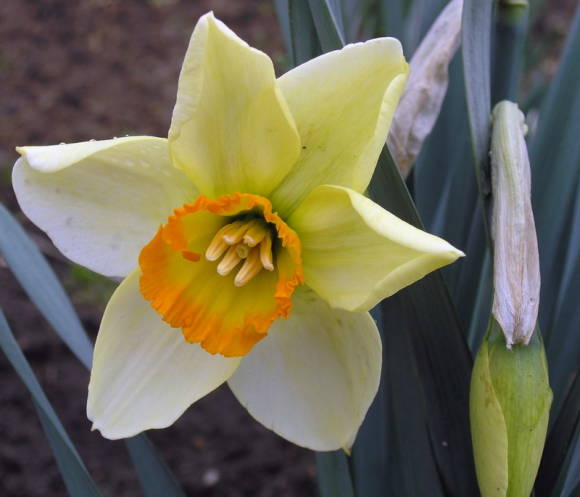
Fusarium, or dry rot of potatoes, Is the most common tuber disease during winter storage in the basement, found everywhere where potatoes are grown, and causing great harm to it. This disease is caused by the Fusarium fungus, most often it affects mechanically damaged tubers or tubers infected with late blight.
The main source of infection is contaminated soil. Infection can also persist in mildly infected seed tubers and plant debris. This mushroom is well preserved in the soil, in storage facilities, on diseased tubers.
If the source of infection is in the soil, then the plants are mainly infected through the root system. Increased doses of nitrogen fertilizers and excess manure, high temperatures and excess moisture in the soil contribute to this.
A disease develops on such tubers with high humidity in the storage. In 2-3 months after harvesting, slightly depressed spots of a dark color appear on the tubers, the flesh under which becomes loose, brown in color. In the pulp, voids are formed, filled with the fluffy mycelium of the fungus.
 |  |
The peel on these spots becomes wrinkled, small pads of pink, white, greenish color are formed on the surface of the tuber. The disease develops especially strongly at high temperatures in the basement. The diseased tissues dry up, and the tuber gradually turns into a dry, hard lump, consisting mainly of starch.
Diseased tubers cause slow growth and development of plants during the growing season, their premature wilting, which ultimately leads to a decrease in yield. The offspring from diseased tubers is outwardly healthy, but during storage it gives a much higher percentage of tubers affected by dry rot.
During the storage period, the disease is transmitted from a diseased tuber to a healthy one, as a result of this, foci of rotten potatoes are formed.
The first sign of the disease on the tuber is the appearance of a grayish-brownish dull spot, slightly depressed inward and accompanied by slight wrinkling of the tuber integumentary tissues.

Of great importance in the resistance of tubers to dry rot is a balanced diet of potato plants during the growing season. Unilateral nutrition of plants, especially nitrogen, increases the susceptibility of tubers to disease, while other elements (especially potassium), on the contrary, increase their resistance.
Dry rot does not appear if the tubers were not injured during the harvesting process, and after it they were kept for 12-15 days (treatment period) in a dry place before the final laying in the basement.
The development of dry rot increases with increasing air humidity. There is no doubt about the possibility of infection of tubers only if there is droplet moisture on their surface. However, its formation depends not only on air humidity, but also on temperature, physiological state of tubers, soil contamination and a number of other factors.
The mycelium of fungi, growing in the cavities of the affected tissue, penetrates through the integumentary tissues of the tuber outward and forms sporulation pads of grayish-whitish, yellowish or dark shades on its surface. When scraped, they in most cases have a bluish color at the base.
Before planting, a batch of tubers in which dry rot was observed must be germinated, cutting off the affected part before this, so as not to introduce infection into the soil.
And tubers planted inadvertently on the site, affected by dry rot, either do not germinate at all, or give weak sprouts and form underdeveloped plants.
The main measures for the prevention of dry rot
In the fight against dry rot, protective measures are effective aimed at suppressing other diseases and pests: late blight, common scab, silvery and powdery, phomosis, Colorado potato beetle, wireworms, scoops and other diseases and pests. This makes it possible to harvest healthy tubers with intact integumentary tissues.
Of great importance in the fight against dry rot is a system of preventive measures aimed at creating conditions that prevent the accumulation of infection, preventing the penetration of pathogens into the tuber and spreading in its tissues.
- First of all, lay in the basement for winter storage only healthy tubers that are not affected by late blight and other diseases and do not have mechanical damage.
- During transportation and storage, care must be taken to ensure that the tubers are not damaged (they cannot be turned over with an iron shovel, poured from a height, walk on them, etc.).
- After harvesting, it is advisable to plant seed potatoes in diffused light for two to three weeks before storing them permanently. This contributes to a faster healing of mechanical damage, death of the pathogen and an increase in the resistance of the tuber tissues to the pathogen.
- Obligatory drying of tubers before storage.
- Store potatoes in winter in a prepared and disinfected basement at a temperature of + 1 ... + 3 ° C and an air humidity of 85–90%.
- It is possible to prevent sweating of the upper layers of tubers in the basement if, during the initial period of storage, cover the potatoes with beets (table, fodder, sugar) in 2-3 layers, but always cleared of soil. For these purposes, you can also use oat or wheat straw. Beets and straw must be removed from potatoes no later than 3-4 weeks.
- In case of damage to individual tubers or the appearance of spoiled potato nests lying on top, remove the affected tubers.
- Since the causative agent of the disease retains its viability in the soil for a long time, it is necessary to strictly observe the fruit change, returning the potatoes to their original place no earlier than after 4 years.
- Timely prepare the soil for planting potatoes, apply organic and mineral fertilizers. Acidic soils should be limed if necessary. All this taken together contributes to an increase in the resistance of potato tubers to fusarium dry rot.
"Ural gardener", No. 45, 2018









